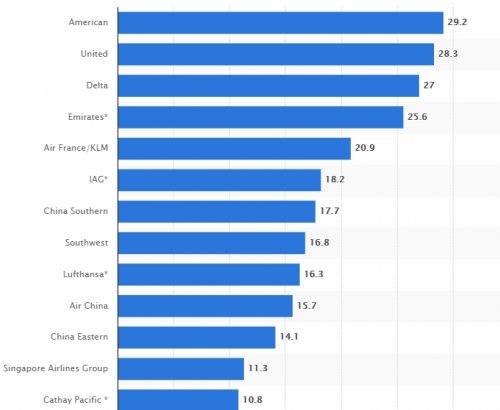draganm said:Interesting that neither the Engine Alliance or the Roll's was able to contain the fragments within the casing, considering they deliberately grenaded one on a test stand specifically to insure it would.
In the case of the Engine Alliance failure, it should be noted that the 'whole' fan detached itself from the shaft. I don't think the test you have linked to had that in mind ---


